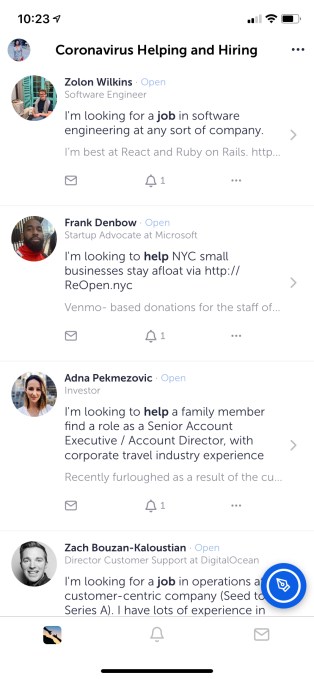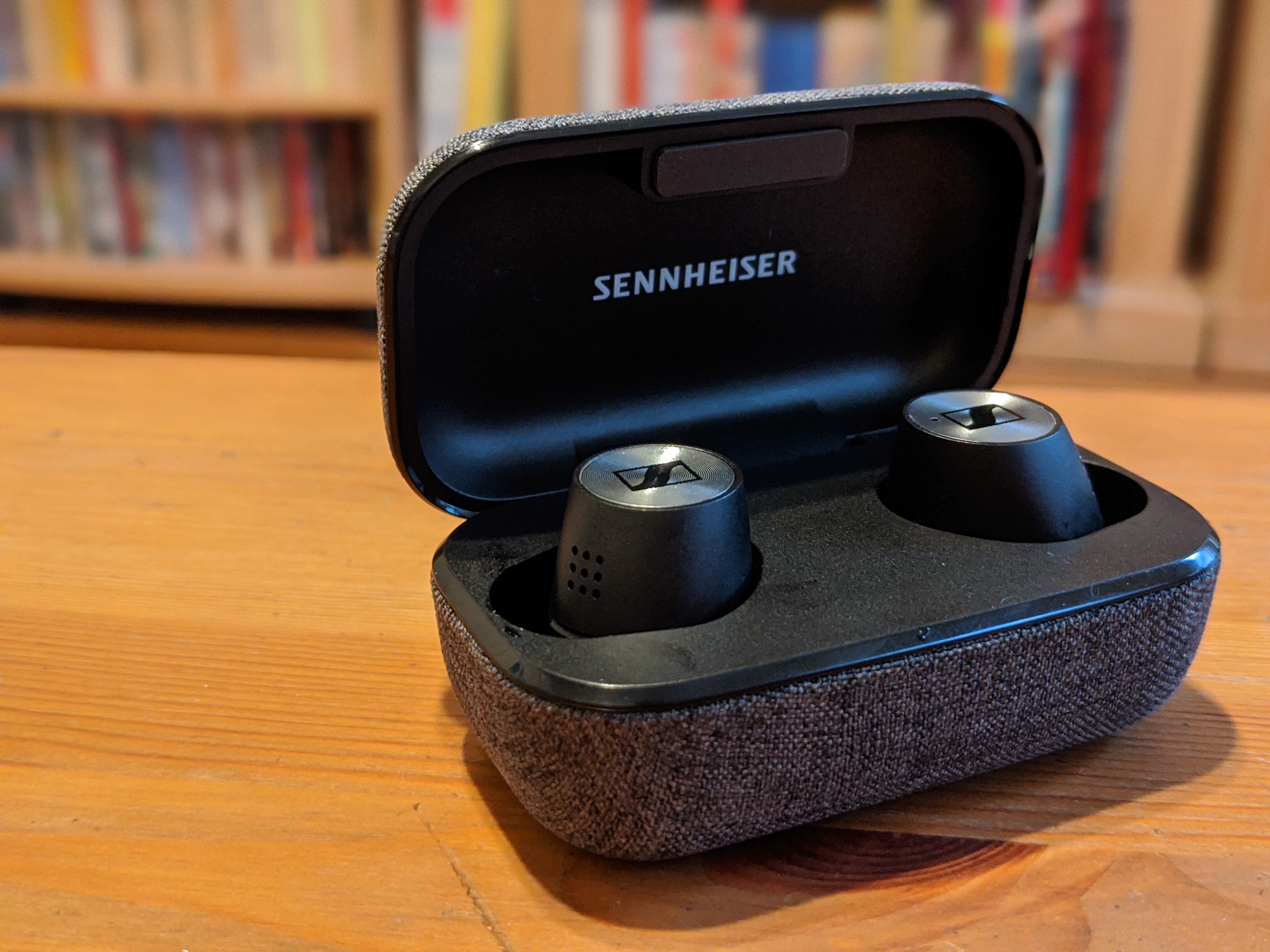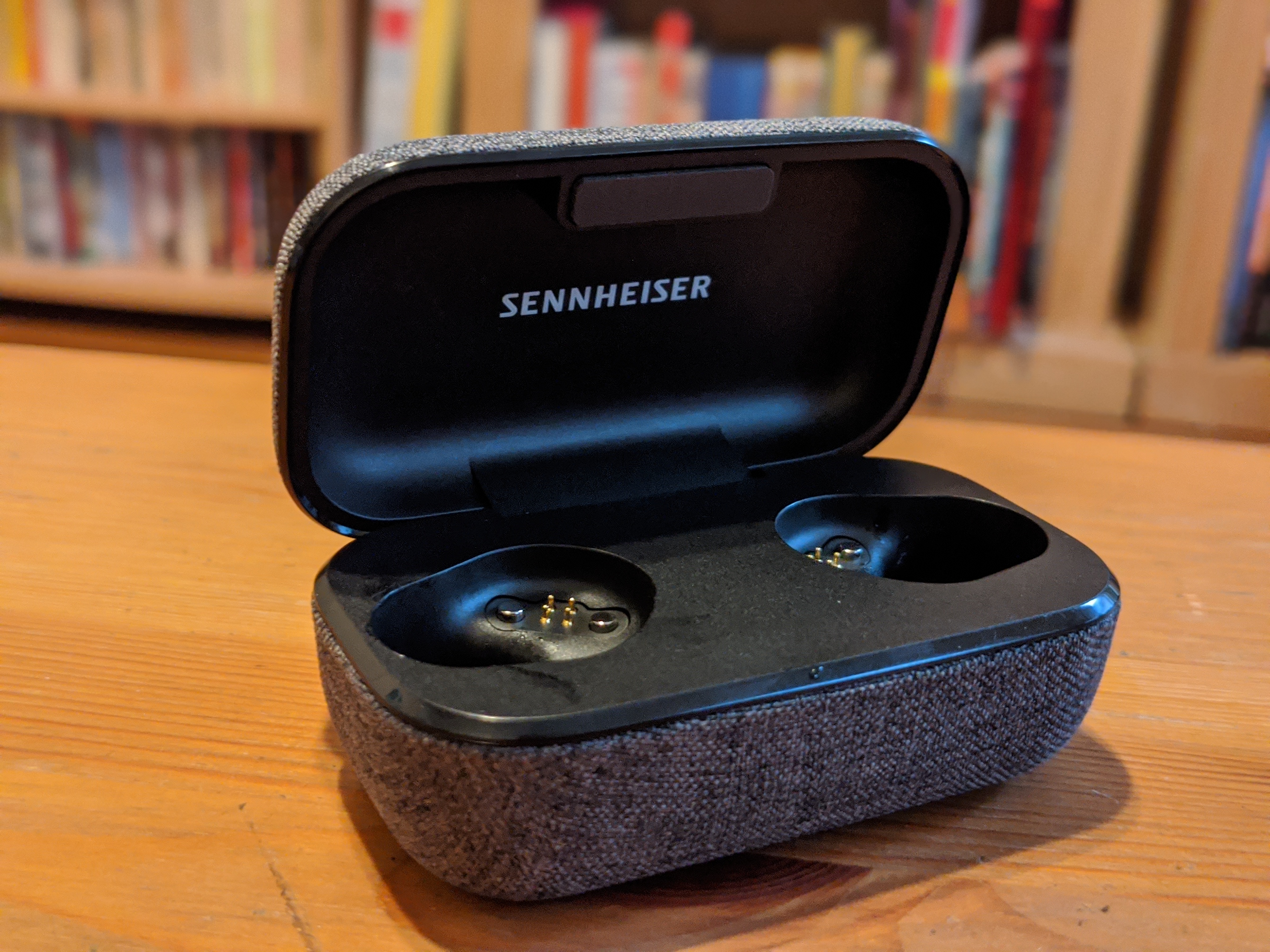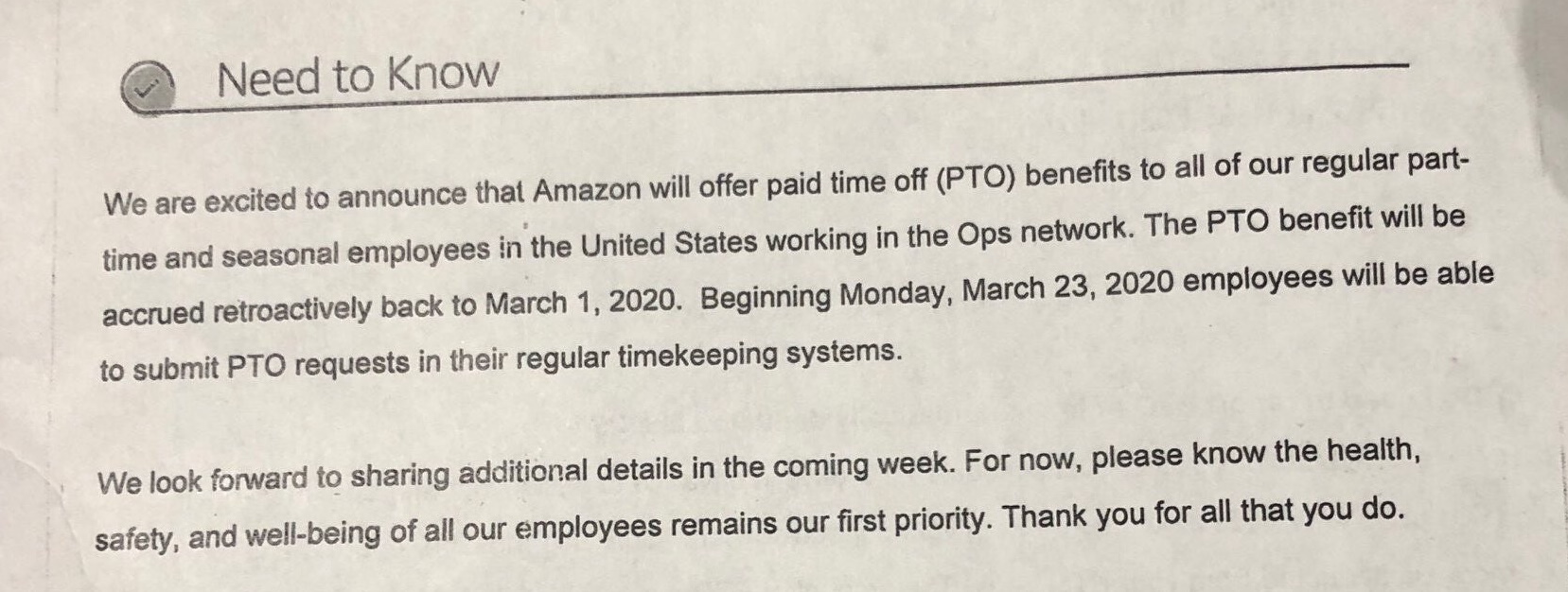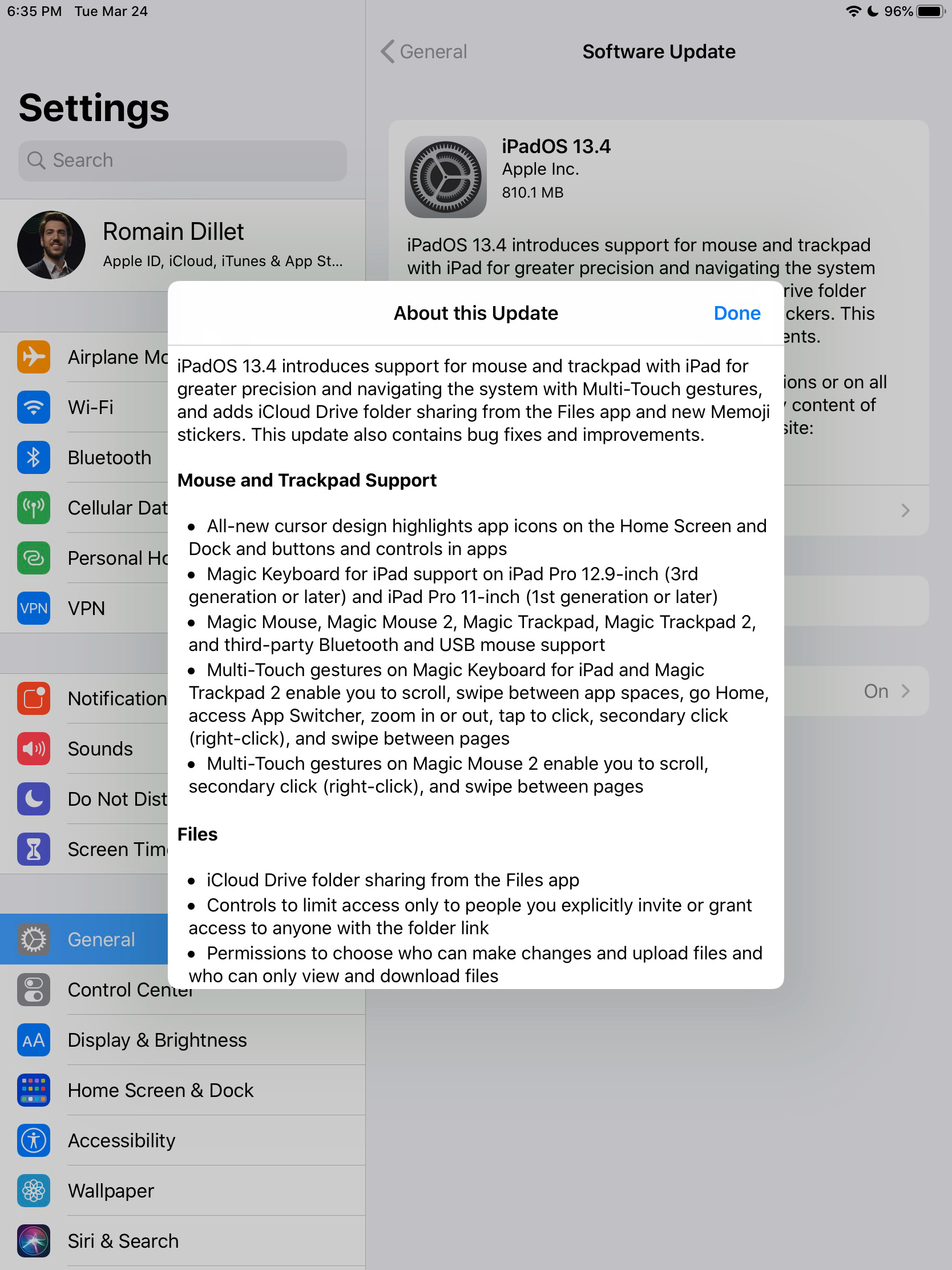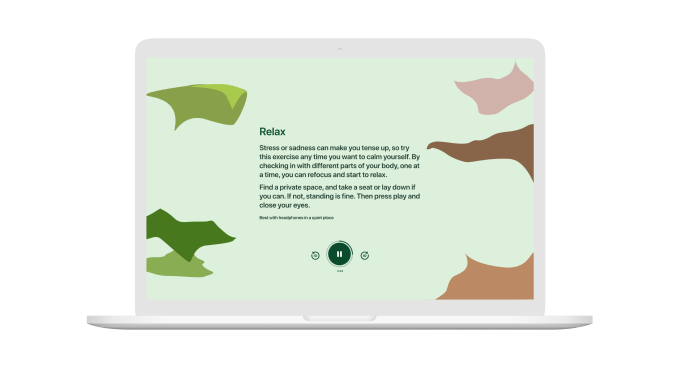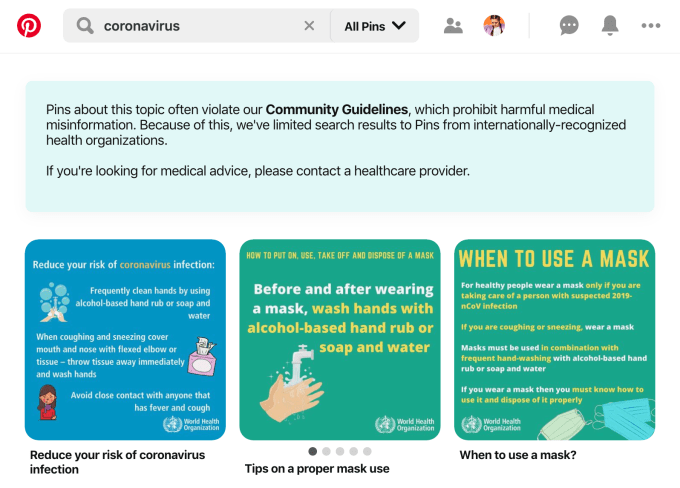There are no free market fanatics on corporate boards the moment the economy wobbles. Today makes the point, with stocks shooting higher on the back of news that a sweeping federal package of aid and stimulus should soon pass Congress. The goal of the financial package is to blunt the impact of COVID-19-related market disruptions that have led to mass layoffs, and an economy expected to slip into recession.
Today in regular hours the Dow Jones Industrial Average (DJIA) led American indices by climbing over 10%. It was the best day for the venerable Dow since the 2008 crisis in percentage terms, though the index has posted sharper declines in percentage terms in recent days.
Its kin also rose, if less. Here’s the day’s results:
- DJIA: rose 11.37% to 20,704.91
- S&P 500: rose 9.38% to 2,447.33
- Nasdaq composite: rose 8.12% to close at 7,417.86
SaaS shares, as tracked by the BVP Nasdaq Emerging Cloud Index, rose about 7.2% on the day. Bitcoin saw its value jump by 5% in the last 24 hours, and is worth about $6,600 as of the time of writing. The day may not meet the criteria for a market melt up, but it certainly was a welcome respite from recent weeks’ declines.
The next test for the American public markets comes tomorrow. After posting huge gains today, can they be retained? In the past dozen trading sessions, there has been a market habit worth noting in which any sharp action — up or down — was met with a similar, opposite result the following day. Call it Newton’s third law of stonks.
Ride-hailing get a boost
Lyft and Uber were lifted by the broader gains across all major indices. Lyft rose 19.68% to $27.06, while Uber shares increased 17.81% to $27.38. The companies saw increases even as the ride-hailing industry faces continued pressure amid the spread of COVID-19. Both companies have seen a decline in demand, prompting a shift towards delivery and partnerships with non-profit organizations to provide transportation services to health care workers and others who need it during the pandemic.
On Monday, Uber CEO Dara Khosrowshahi sent a letter to the White House, asking lawmakers to include protection and financial support for gig workers in the COVID-19 stimulus packages. Khosrowshahi also argued that there needs to be a third employment classification for gig workers that “would update our labor laws to remove the forced choice between flexibility and protection for millions of American workers.”


